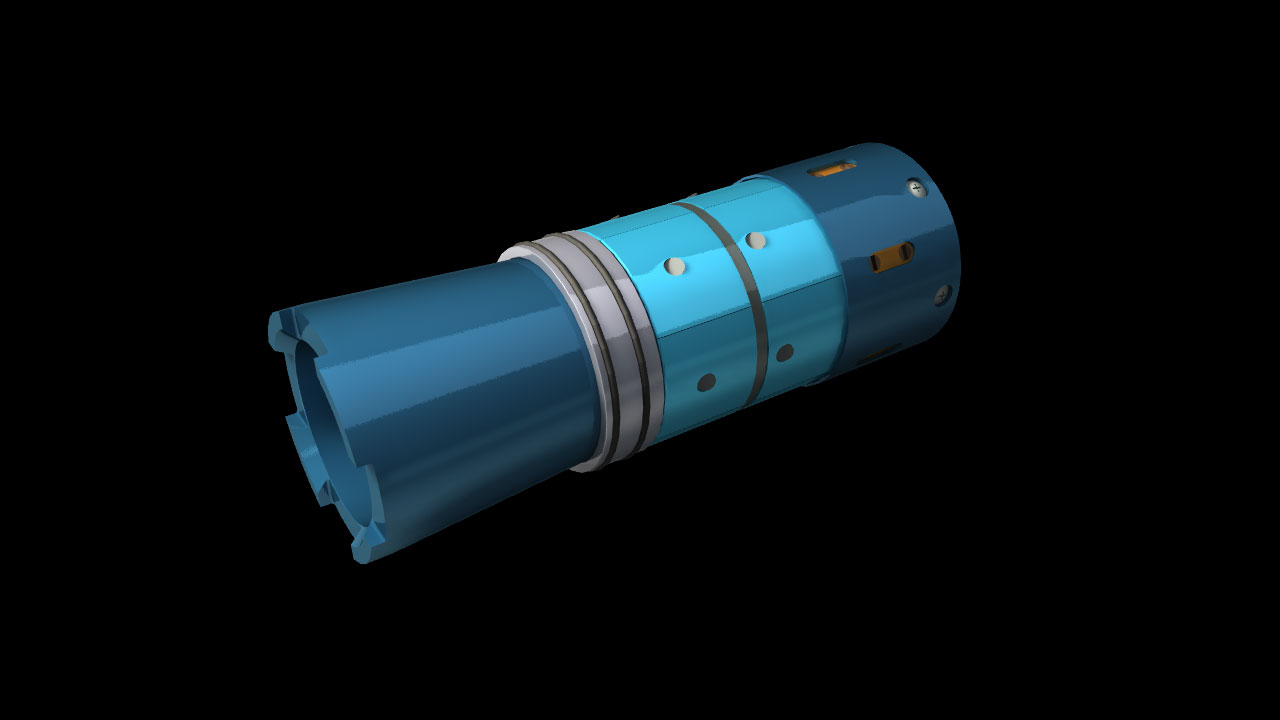Hydraulic fracturing plugs are an essential element in the fracturing process. As a commodity item, many variations of the frack plug exist in the market, but what separates one from another are critical components such as drillability, wellbore debris production, effect on drill-up time and overall completion costs.
Recent installations of the Choice Completion Systems’ RzrFrac Plug alongside competitors’ plugs allowed a controlled experiment to see how the new technology measures up to what is currently on the market. The findings were noteworthy.
The anticipated amount of fluid necessary to displace the RzrFrac Plug to depth was reduced by 25 bbl/stage in comparison to competitors’ plug. In addition, the anticipated amount of fluid necessary to displace the ball to seat after the plug was set was reduced by 20 bbl/stage to 25 bbl/stage.
Mill-up results also were impressive. All of the plugs were “tagged” at recorded setting depth, ensuring adequate plug performance. The RzrFrac Plug mill-out times and debris were reduced by 50% to 75% in comparison to the competitors’ plugs.
The operator was able to improve efficiencies during the pump-down, fracturing and mill-up processes with the plug largely due to its carefully engineered components. The plug is one-fifth the volume of competitors’ plugs. In general, less volume correlates with less debris, minimal risk for flowback, easier circulation and lower risk for stuck coiled tubing.
The plug also was designed with simplicity in mind. The composite plug has only three main components: the composite cone, expandable elastomeric seal and composite slips with carbide inserts, all of which are easily drillable.
The plug outperformed competitors’ plugs head-on in a controlled test run. The design, performance and durability of the plug allow a quicker, more efficient and more economical solution for operators when it comes to hydraulic fracturing.

Recommended Reading
Texas LNG Export Plant Signs Additional Offtake Deal With EQT
2024-04-23 - Glenfarne Group LLC's proposed Texas LNG export plant in Brownsville has signed an additional tolling agreement with EQT Corp. to provide natural gas liquefaction services of an additional 1.5 mtpa over 20 years.
US Refiners to Face Tighter Heavy Spreads this Summer TPH
2024-04-22 - Tudor, Pickering, Holt and Co. (TPH) expects fairly tight heavy crude discounts in the U.S. this summer and beyond owing to lower imports of Canadian, Mexican and Venezuelan crudes.
What's Affecting Oil Prices This Week? (April 22, 2024)
2024-04-22 - Stratas Advisors predict that despite geopolitical tensions, the oil supply will not be disrupted, even with the U.S. House of Representatives inserting sanctions on Iran’s oil exports.
Association: Monthly Texas Upstream Jobs Show Most Growth in Decade
2024-04-22 - Since the COVID-19 pandemic, the oil and gas industry has added 39,500 upstream jobs in Texas, with take home pay averaging $124,000 in 2023.
Shipping Industry Urges UN to Protect Vessels After Iran Seizure
2024-04-19 - Merchant ships and seafarers are increasingly in peril at sea as attacks escalate in the Middle East.



